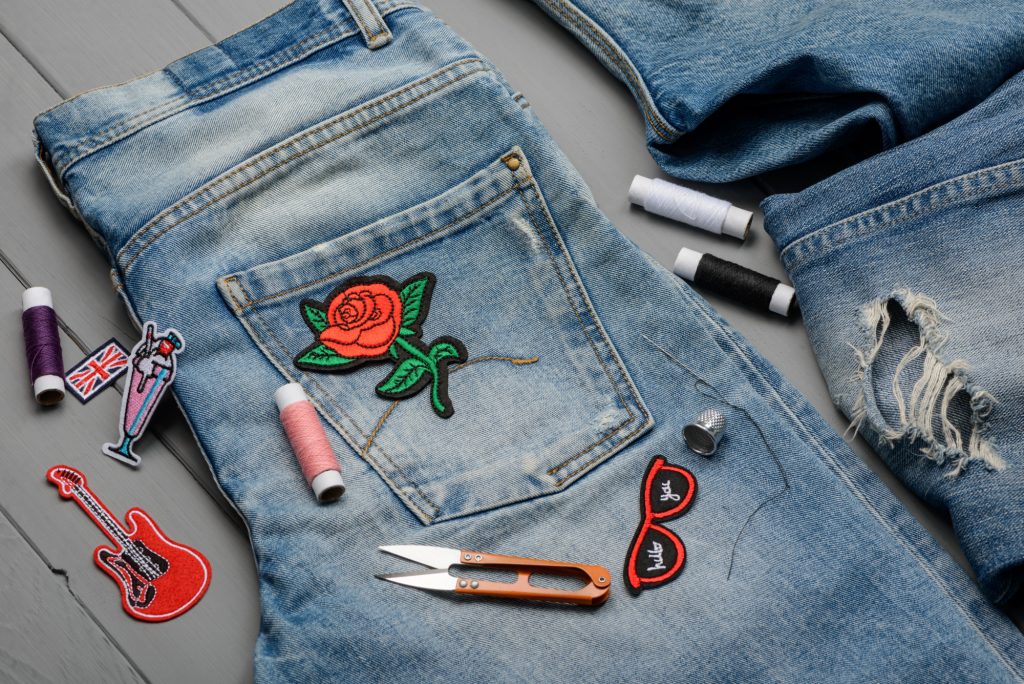Are you tired of settling for generic patches that don’t quite capture your style or brand?
Designing your customized patches is easier than ever, and we’ve got the tips to make it a breeze. From choosing the right materials to nailing down your design, these seven pro tips will have you sporting personalized patches in no time.
Get ready to add some serious flair to your jackets, bags, and more!
1. Consider the Purpose and Audience
When creating a customized patch, it is important to first consider the purpose and audience for the patch. Will the patch be used for promotional purposes? Or will it be a gift for a loved one?
Identifying the purpose of the patch will help to determine the overall design. For patches that will be used for promotional purposes, it is important to keep the design simple and easy to understand.
The patch should prominently feature the name of your business or organization, as well as any relevant contact information. Promotional patches are typically worn on clothing, so they should be sized accordingly.
If the patch is being designed as a gift, then you have more flexibility in terms of design. You can incorporate personal details that are meaningful to the recipient. Gift patches can be any size and shape, so have fun with them!
2. Choose the Right Shape and Size
When it comes to designing your patches, one of the most important things to consider is the shape and size. The wrong shape or size can ruin the look of your design.
Decide On the Type
The first thing you need to do is decide what kind of patch you want. There are two main types of patches — applique and embroidered.
Applique patches have a raised design that is created by stitching fabric onto another piece of fabric. Embroidered patches have a flat design that is created by stitching thread onto a piece of fabric.
Decide on the Shape
Once you’ve decided on the type of patch you want, you need to pick the right shape. The most common shapes for patches are rectangle, oval, and square. But there are also more unique shapes like stars, hearts, and animals.
Decide on the Size
The next step is to pick the right size for your patch. This will depend on where you plan on putting the patch. If you’re putting it on a jacket or shirt, you’ll want a smaller patch. But if you’re putting it on a backpack or duffel bag, you can go with a larger patch.
3. Select the Right Colors
There are a few things to keep in mind when selecting colors for your custom patches. Think about what message you want to communicate with your design. Colors can convey different emotions and meanings, so choose wisely!
Consider the color scheme of your company or organization. You’ll want your patch to reflect these colors and values. Take into account the production process.
Some colors may be difficult or impossible to reproduce, so it’s important to select ones that will translate well to the final product.
4. Keep the Design Simple
When it comes to designing customized patches, one of the most important tips to keep in mind is to keep the design simple. Complex designs might look great on paper, but they can end up looking too busy when embroidered onto a patch. As a general rule of thumb, avoid using more than two colors, and use bold, contrasting colors that stand out against the fabric.
Keep letters and shapes easy to read, and avoid details that don’t come through easily when embroidered. Keep artwork simple and minimize the amount of detail used. With a simple, yet eye-catching design, you can create patches that will look great both on and off the fabric.
5. Choose the Right Font
When designing customized patches, it is important to choose the right font for the job. The font should convey the message that you are trying to express and should fit the look and feel of the patch. Fonts should be chosen to match the theme and colors of the design, and paired with appropriate symbols or graphics.
It is also important to consider legibility and readability when selecting a font, as the user should still be able to identify what the patch says despite its size and shape. If possible, use fonts that are distinct or in the spirit of the message that is being shared.
Designers can also use unique fonts, such as calligraphic fonts, to give a personal and unique touch to the patch. This can help to enhance the overall look and impact of the patch.
6. Consider the Patch Backing
The patch backing will determine how the patch attaches to clothing or other surfaces, as well as how durable it is. There are three main types of backings:
- iron-on
- sew-on
- Velcro
Iron-on backings are the easiest to use, as they can simply be ironed onto fabric. However, they are not as durable as sew-on or Velcro backings, and may not stay attached if the fabric is frequently washed or worn.
Sew-on backings are more durable, but require sewing to attach them. Velcro backings are also very durable and provide a secure attachment, but can be more difficult to attach than sew-on backings.
7. Work With a Reputable Patch Manufacturer
A reputable patch manufacturer will have a good track record of producing high-quality patches for their clients. They will also be able to provide you with a variety of options when it comes to design, materials, and size.
One of the benefits of working with a reputable patch manufacturer is that they can help you create a custom design. These designs should be perfect for your needs.
They will work with you to understand your vision for the patch. From there, they can create a prototype that you can approve before production begins.
This way, you can be sure that the final product will be exactly what you wanted. You can view these custom woven patches to get an idea of how reputable patch manufacturers can help you.
Consider These Tips for Designing Customized Patches
Customized patches can be made unique with different fabrics, imagery, and text. Following the tips outlined in this article can help you create exactly the patch that you have envisioned.
From budget to production time and usage, analyze all these factors for your patch design before you make your purchase. Start creating the patch you need today!
Visit our blog for more informative articles.
James Martin is a passionate writer and the founder of OnTimeMagazines & EastLifePro. He loves to write principally about technology trends. He loves to share his opinion on what’s happening in tech around the world.



